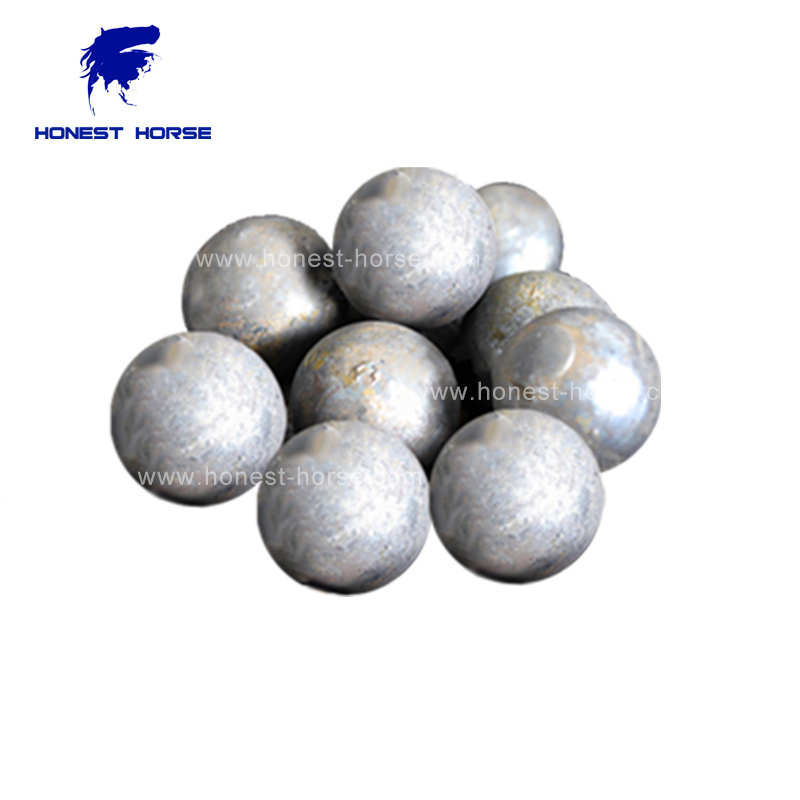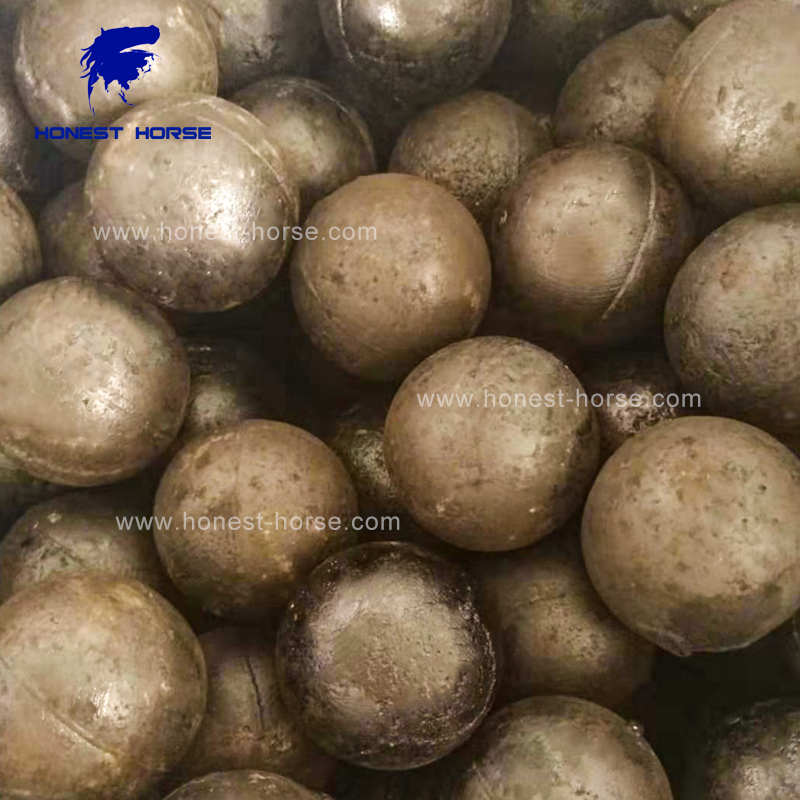A casting ball, also called a casting grinding ball, is made from scrap
steel, scrap metal, and other trashed materials. The above mentioned materials
are highly molten and conduct a continuous current after being heated. During
the smelting stage, a large amount of metal elements such as vanadium, iron and
manganese are first added to the flue gas to achieve the desired and
predetermined yield. These elements can then pour the super-molten iron into a
production line model of a steelmaking plant.

Casting steel balls can be divided into different types ranging from 10mm to
130mm. The size of the casting can be within the range of low, high, and medium
steel balls. The steel ball parts include flexible designs, and you can obtain
the steel ball according to the size you want. The main advantages of using cast
steel balls are low cost, high efficiency, and wide application range,
especially in the dry grinding field of the cement industry.

Casting Steel Ball can be largely used in various applications, including:
Silica sand factory
Cement plant
Chemical plant
Power plant
Mines
Power stations
Chemical industries
Grinding mill
Ball mill
Coal mill

Chrome cast steel balls are the cast grinding media balls containing a certain percentage of chromium, and by which are divided into high chromium cast steel balls, medium chromium cast steel balls and low chromium cast steel balls. The chromium cast steel balls are divided into High Chromium Cast Steel Balls, Medium Chromium Cast Steel Balls and Low Chromium Cast Steel Balls. With the feature of high hardness, low wear, and low breakage, cast steel grinding balls are mainly used in cement industry, mining industry, metallurgical industry, power generation industry and construction industry.
Cast Grinding Steel Ball Features
1、The raw materials are all bearing steel scraps, which contain copper,
molybdenum, nickel and other precious metal elements, which can effectively
improve the matrix structure of the steel ball.
2、Our products are produced by medium frequency electric furnace which can
effectively ensures the stability of the material. Balls are not easy to peel
off and deform during use. Even it can keep bright and round after long time
running.
3、The most advanced large-scale automatic oil quenching production line is
adopted for heat treatment, which ensures the good hardness and uniformity of
the products.

Three methods of steel ball manufacturing
There are three types of steel ball manufacturing processes: casting, forging,
and rolling.
(1) Casting: The quality of cast steel balls mainly depends on the chromium
content. In recent years, the rising price of chromium, environmental
protection, and other factors have led to an increase in the cost of cast steel
balls.
(2) Forging: Using high manganese steel as raw material, pneumatic forging
hammers and ball molds are used to make steel balls. Forged steel balls have a
reasonable combination of high-carbon, manganese, chromium, and other alloy
elements, and have strong hardenability in the production heat treatment, a
small difference in hardness between inside and outside, and the difference in
impact value, which makes forged balls stronger than cast balls.
(3)Rolling: Using high manganese steel bars as raw materials, steel balls are
made by a skew rolling mill with spiral rollers.
Please Fill In The Following Form To Contact Us
2005-2022 © All Rights Reserved.HONEST HORSE (CHINA) HOLDING LIMITED

 English
English Spanish
Spanish Arabic
Arabic


